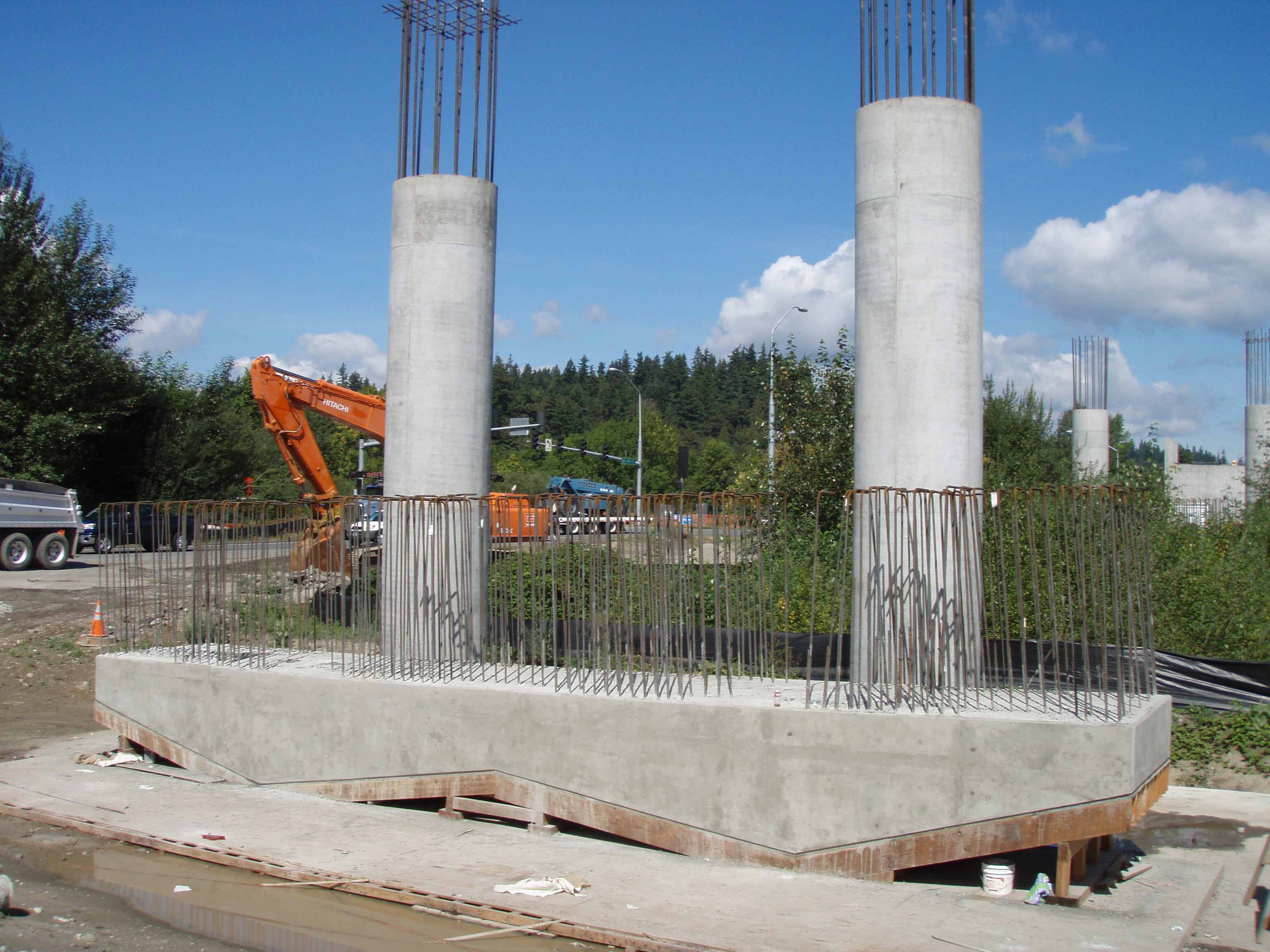Rapid Construction of Precast Bridges in Seismic Zones
PIs: Stanton and M.O. Eberhard
Past Research Assistants: David Hieber (Win 2005), Jonathan Wacker (Spr
2005),
Current Research Assistnant: Kyle Steuck, Jason Pang, Laila Cohagen, Alicia
Black
Bridge construction can dramatically increase traffic delays and congestion,
particularly in urban areas with heavy traffic volumes.
Typically, most construction activities are conducted onsite, so traffic
disruption often lasts many months, which imposes unacceptable indirect costs on
the traveling public. Traffic
disruption could be reduced significantly if reinforced concrete columns and
cross-beams could be precast offsite, and then rapidly assembled together at the
bridge site. Such systems have been
used successfully to construct bridges in states with low seismic activity
(e.g., Texas), but the systems used in those states are not
suitable for the level of seismicity in Western Washington
State.
To take advantage of the benefits of using precast components in bridges,
it is necessary to develop precast concrete systems that can be constructed
quickly and have good seismic resistance.
As part of an ongoing pilot study at the University of Washington (ending
June 30, 2004), researchers evaluated rapid construction methodologies used in
other states and countries that might be adapted for use in the Pacific
Northwest. Working with contractors, fabricators and WSDOT engineers, they
developed prototype structural concepts and are currently evaluating their
seismic response through analysis. The objective of the research proposed here
is to evaluate through physical testing both the seismic resistance and the
constructability characteristics of these concepts.

(Photo Credit: J. Beaver, WSDOT)